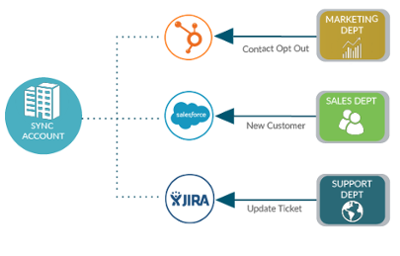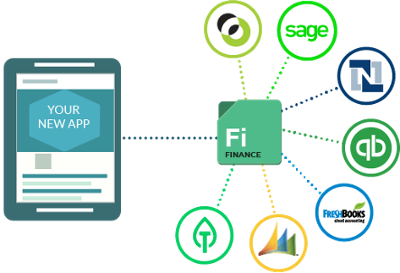5 Reasons You Need an API Experience Layer
The more services you're integrating, the more you need an API experience layer. Read about where experience layers can benefit you.
Join the DZone community and get the full member experience.
Join For FreeModern applications rely on a variety of layers, each of which performs various functions. An API experience layer allows developers to access these functional layers on their terms, which at the same time building on reusable components that have been created already.
In our latest whitepaper, we discuss the integration landscape of today and provide recommendations and best practices around your organization’s need for API mediation. We explore five key reasons why your enterprise can derive value from an API experience layer in your integration architecture including the following:
#1: You built out APIs to serve a single use case, product or business line, but now you have lots of constituencies each with different use cases and integration requirements.
#2: You need to synchronize data across a variety of services - even if they are in different domains. With many departments within an organization making their own purchasing decisions for products they use, central control and data governance can be lost.
 For example, if the sales organization selects Salesforce for their CRM platform and the support organization is using Jira - are these two organizations and products sharing data effectively? Don’t think about master data management, but rather a lightweight way to share and synchronize common data fields in each environment.
For example, if the sales organization selects Salesforce for their CRM platform and the support organization is using Jira - are these two organizations and products sharing data effectively? Don’t think about master data management, but rather a lightweight way to share and synchronize common data fields in each environment.
#3: You have objects or resources that exist in multiple underlying applications, databases or other sources and want to provide consistent access to these as API resources to shield the consumer from the resource complexity.
#4: You’re integrating to a particular service now, but in the future need to swap this for a new product or connect to multiple products.
#5: You are bringing a digital business application to market, and customers of this application will expect integration to the SaaS apps they use within their organization.
 For example, you have built a new digital payments application and customers of this product need to be able to integrate this with their accounting applications (e.g. Quickbooks, Sage, etc).
For example, you have built a new digital payments application and customers of this product need to be able to integrate this with their accounting applications (e.g. Quickbooks, Sage, etc).
Quite often we see that when starting with a small number of integration points - one or two- there is no need for an experience layer. But keep in mind that once you start integrating more and more services, products or serve different types of API consumers, you’ll find that one-size-fits-all APIs become a barrier rather than an enabler. IT needs to be architecting for scale, planning ahead, and building an API experience layer now, so you can provide the best level of service to your internal and external customers.
To dive deeper into your organization’s need for API mediation, or to explore other topics such as considerations in implementing an API Experience Layer and what’s at risk if you don’t have an API Experience Layer, download your copy of the whitepaper below.
Published at DZone with permission of Ross Garrett, DZone MVB. See the original article here.
Opinions expressed by DZone contributors are their own.

Comments